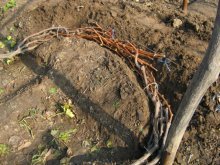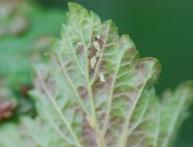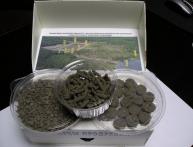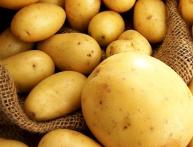Caring for grapes in autumn: tips and tricks

You need to take care of the grapes regularly. The vine, after bearing fruit, becomes weak, because all its energy is spent on ripening the berries.
Every year the grapevine must be prepared for wintering. Preparations begin at the end of summer. Among the most important operations for caring for grapes are pruning and covering.
Content:
- How to water grapes correctly
- Autumn fertilizer for grapes
- Trimming old grapes
- How to cover grapes for the winter
How to water grapes correctly
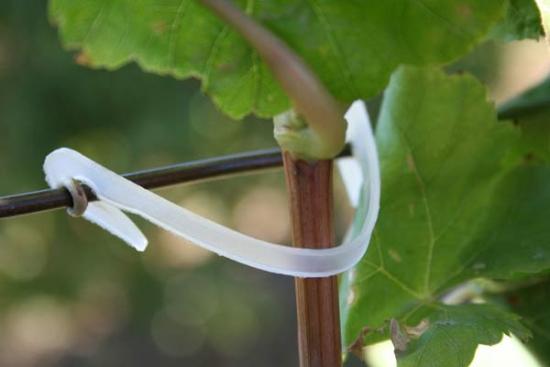
During the ripening of berries, the vine needs abundant watering. With a lack of moisture, berries lose their taste and appearance. In the fall, after harvesting, the vines are rarely watered, but care should be taken to ensure that the soil is well saturated with moisture. This is necessary to saturate the soil and root system.
If the grape bushes are located on sandy soils, then they need to be watered frequently, but with a small volume of liquid. When placing a vineyard on clay soils, watering should be done rarely, but abundantly. The frequency, as well as the timing of watering, are determined taking into account the climate in the region.
To prepare the vine for winter, water thoroughly once in mid-autumn. To prevent water from spreading over the surface, you can make small grooves. Some gardeners install tubes near the bushes for this purpose.
To avoid compaction soil, it constantly needs to be loosened.As a result, the bushes will overwinter easier and moisture will remain longer.
Autumn fertilizer for grapes
The vines' nutrients are severely depleted after harvest. To replenish them, the plant needs to be fed. The condition in winter, as well as fruiting in the next season, depends on how fertilizing is carried out. As a top dressing, you can take organic fertilizers and mix them with wood ash in equal proportions.
There is no need to dig up the soil to apply fertilizer. It is enough to mulch the surface. To increase the amount of calcium in the soil, it is recommended to add 100-150 g of lime and then dig the soil.
Video on how to prune and cover grapes in the fall:
An adult bush should be fertilized once every 3-4 years at the end of autumn. Take fertilizers containing potassium and phosphorus. For 1 sq. m. you will need 50 g of phosphorus-potassium mixture. The soil around the bush can be watered with a mixture of superphosphate and potassium salt in a 2:1 ratio. Such fertilizers also used in dry form.
For depleted soil, additional elements are added to the mixture: boric acid, potassium iodine, manganese sulfate and zinc. Such effective feeding will help you survive the winter successfully.
Trimming old grapes
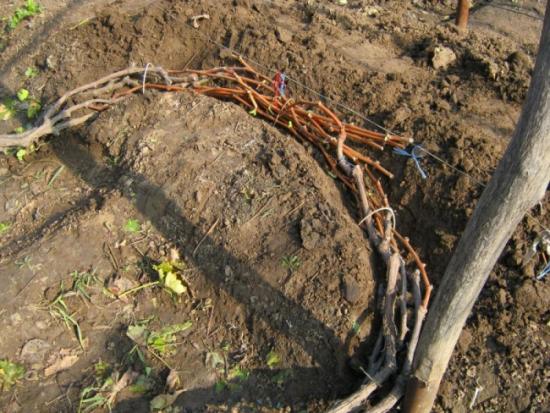
Pruning should be done after the leaves fall off after 2-3 weeks. At this time, the plant will be in a dormant state. It is not recommended to carry out this procedure earlier, since after abscission the process of photosynthesis continues. The optimal time for pruning shoots is mid-September.
If this requirement is not met pruning will disrupt the accumulation of nutrients. You should also not delay pruning.With the onset of cold weather, the vine becomes very fragile, and any manipulation will lead to various damages.
To create the correct shape of the bush, remove diseased, old and dried shoots. They are collected in a heap and burned. This will prevent the spread of pest larvae throughout the vineyard. Not only healthy shoots should be left, but also shoots that perform a reserve function.
In mid-autumn, the fruiting unit is formed. It consists of a twig and an arrow. In order for the link to develop correctly, the strongest shoots that reach the wire are cut off. A replacement knot is a shoot that is located at the bottom of the bush. It needs to be cut so that 3 eyes are visible. The top shoot is cut off, leaving 5-6 buds. This is a fruit arrow.
You need to trim all shoots 20 cm long. If the shoots reach 30 cm in length, then only 10% of the entire branch should be trimmed. After the procedure, lubricate the cut areas with garden varnish. You can prepare it yourself using wax, paraffin, rosin and other substances.
This product prevents rotting. This manipulation rejuvenates the bush, which allows you to harvest a rich and large harvest. In addition, when the shoots are trimmed, the berries ripen faster.
How to cover grapes for the winter
They begin to cover grape with the appearance of the first frost. The grapevine is covered in several ways. The most common are:
- hilling
- partial cover
- full cover
When hilling, a small tubercle 10-25 cm high is made around the seedling. This method is quite simple and can protect only in light frosts. Before hilling, the vine is treated with pest repellents.
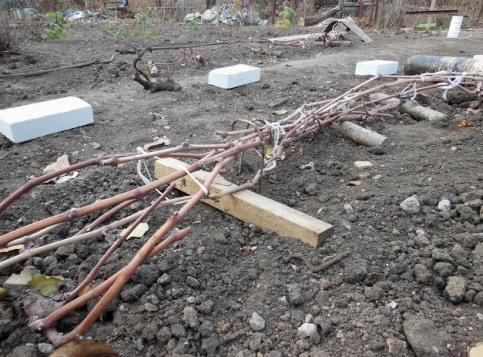
Many gardeners bury the plant in soil for the winter.This method involves installing wooden pegs that will act as an identification mark. These pegs will help with digging.
To protect young bushes from frost, various materials are used: fabric, plastic bottles, straw, etc. After this, sprinkle with earth. In spring, loosen the soil at the base to allow oxygen to reach the roots.
The partial covering method involves the use of special materials (fabric or straw) that are draped and tied with twine. Such a structure must fit tightly to the soil. Since part of the vine remains open, the plant may suffer from severe frosts.
The most effective way to protect a plant from winter frosts is to completely cover it. At the end of November, the vine is removed from the trellis and tied shoots and bend down to the ground. For covering material, use an old blanket, blanket, film, etc. This procedure should be performed carefully, slightly twisting the vines.
Among the many covering materials, it is not recommended to use sawdust or fallen leaves, since high humidity increases the risk of the development of fungi and mold. In order for the grapevine to be healthy and produce a rich harvest, it is important to properly care for the plant, following the recommendations and timing of autumn care.
Interesting information about the vegetable garden


